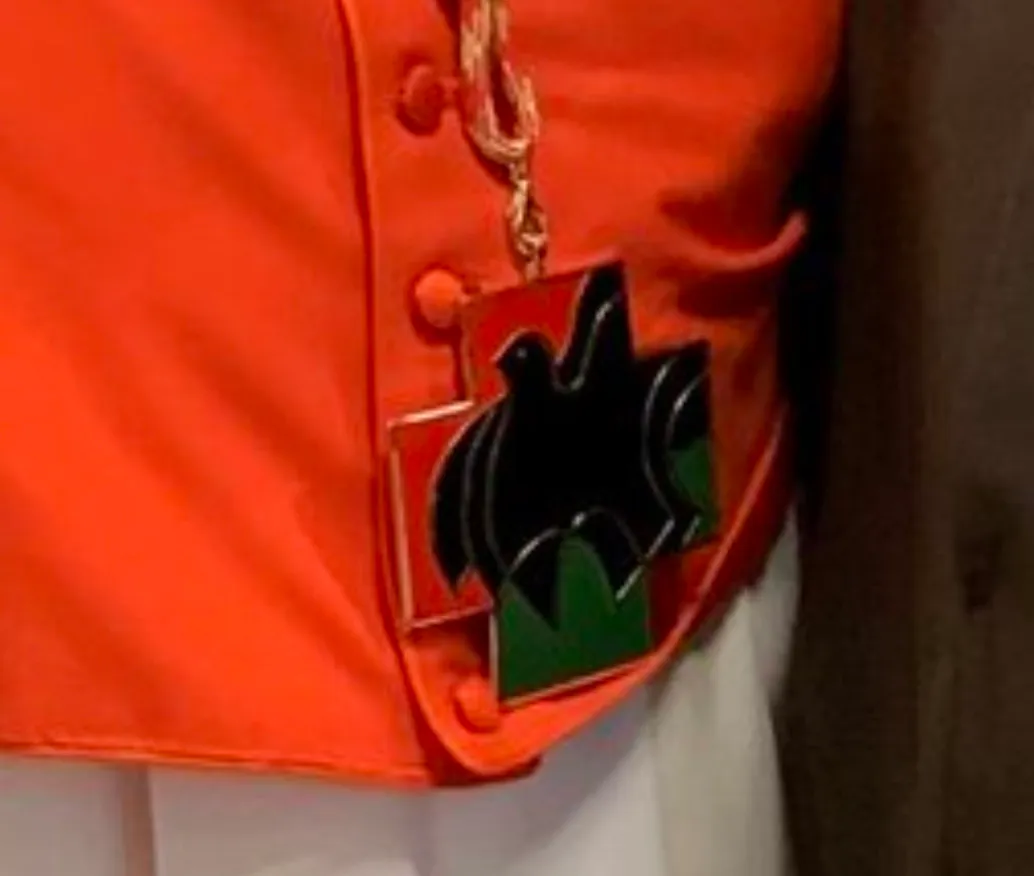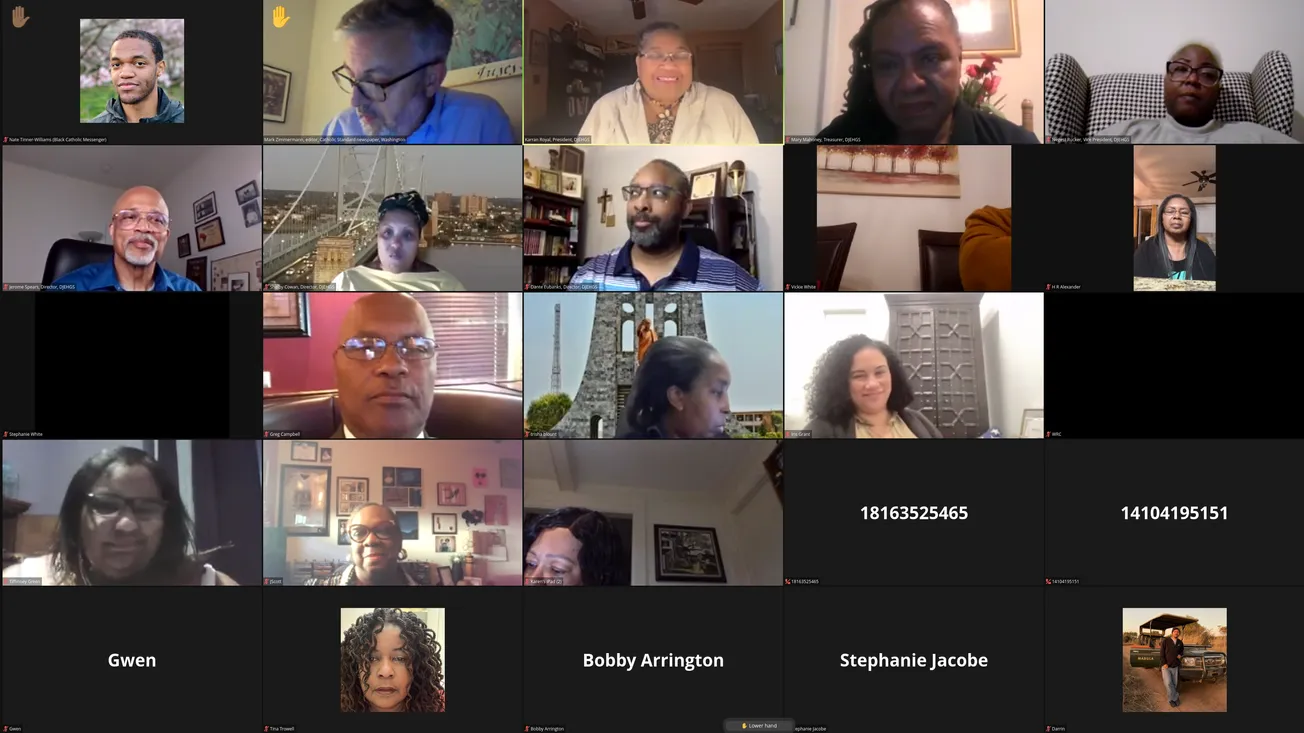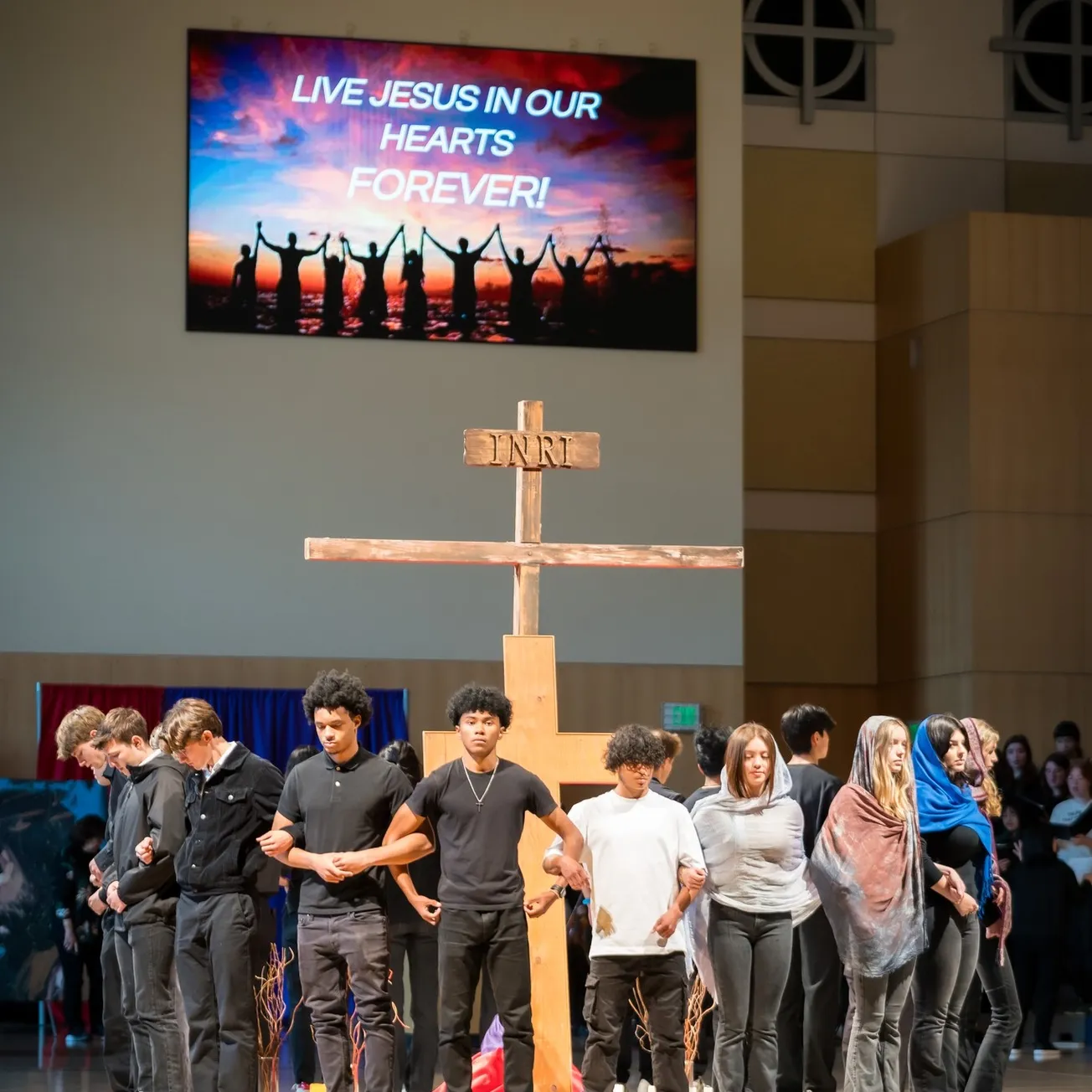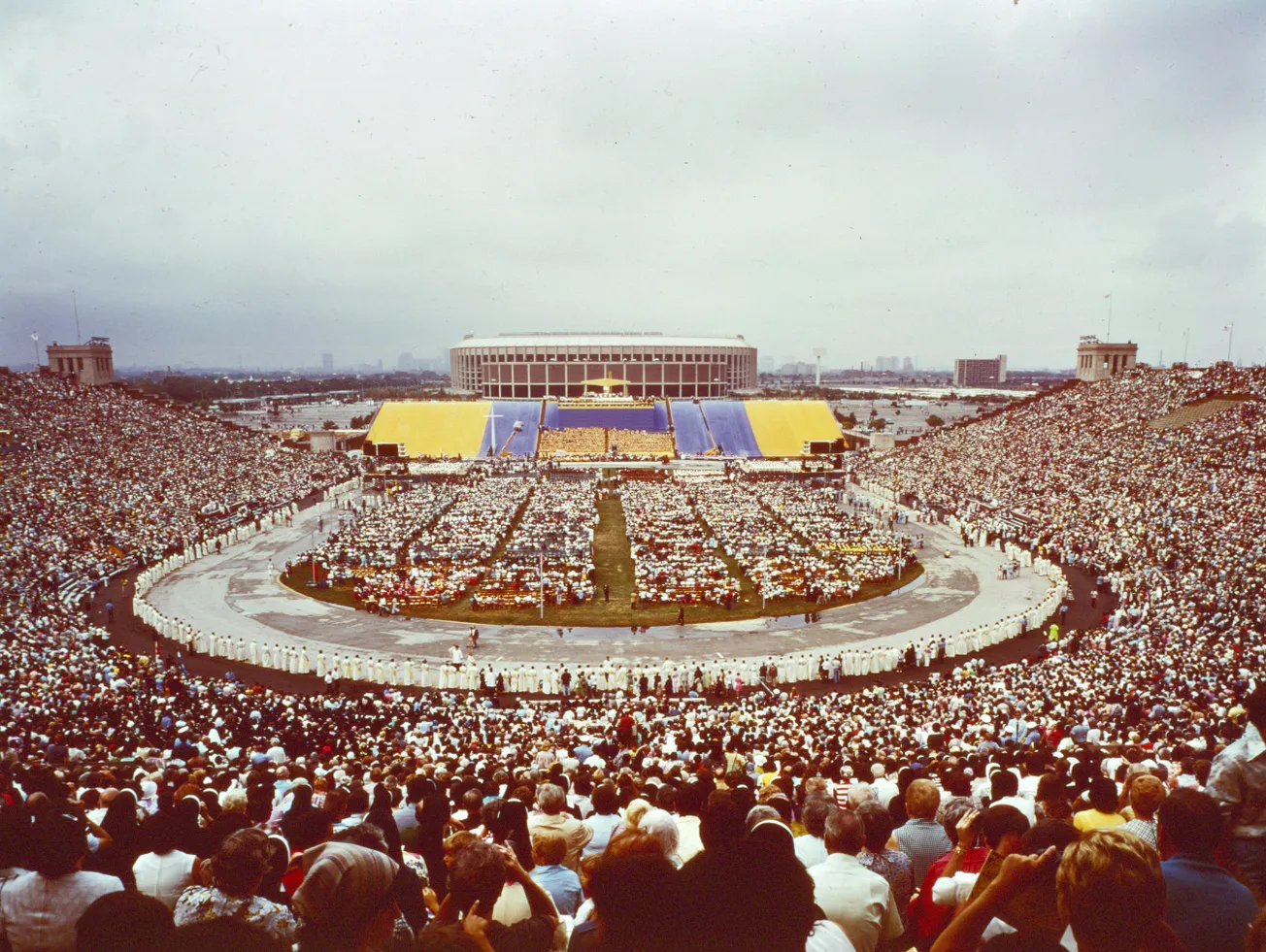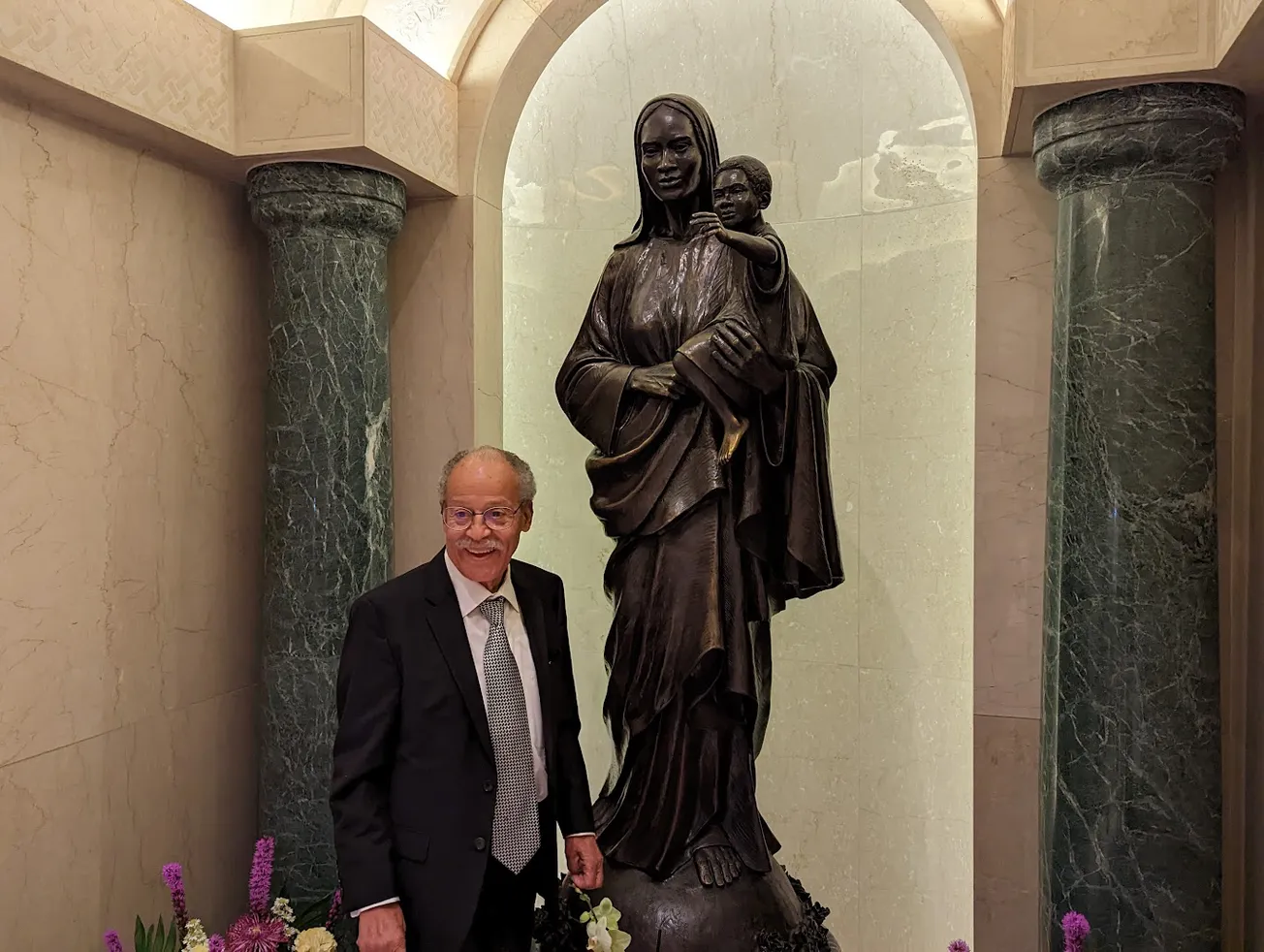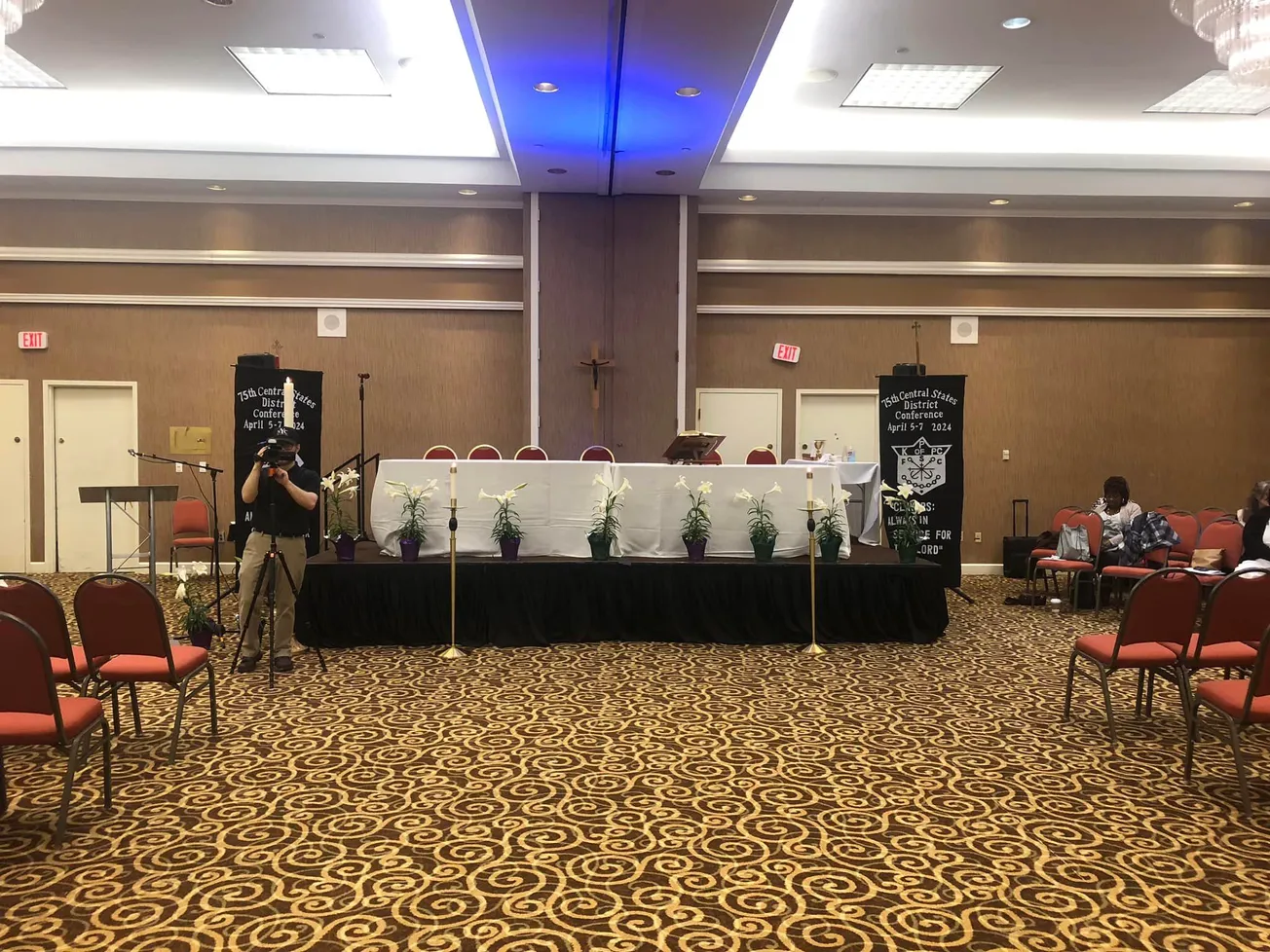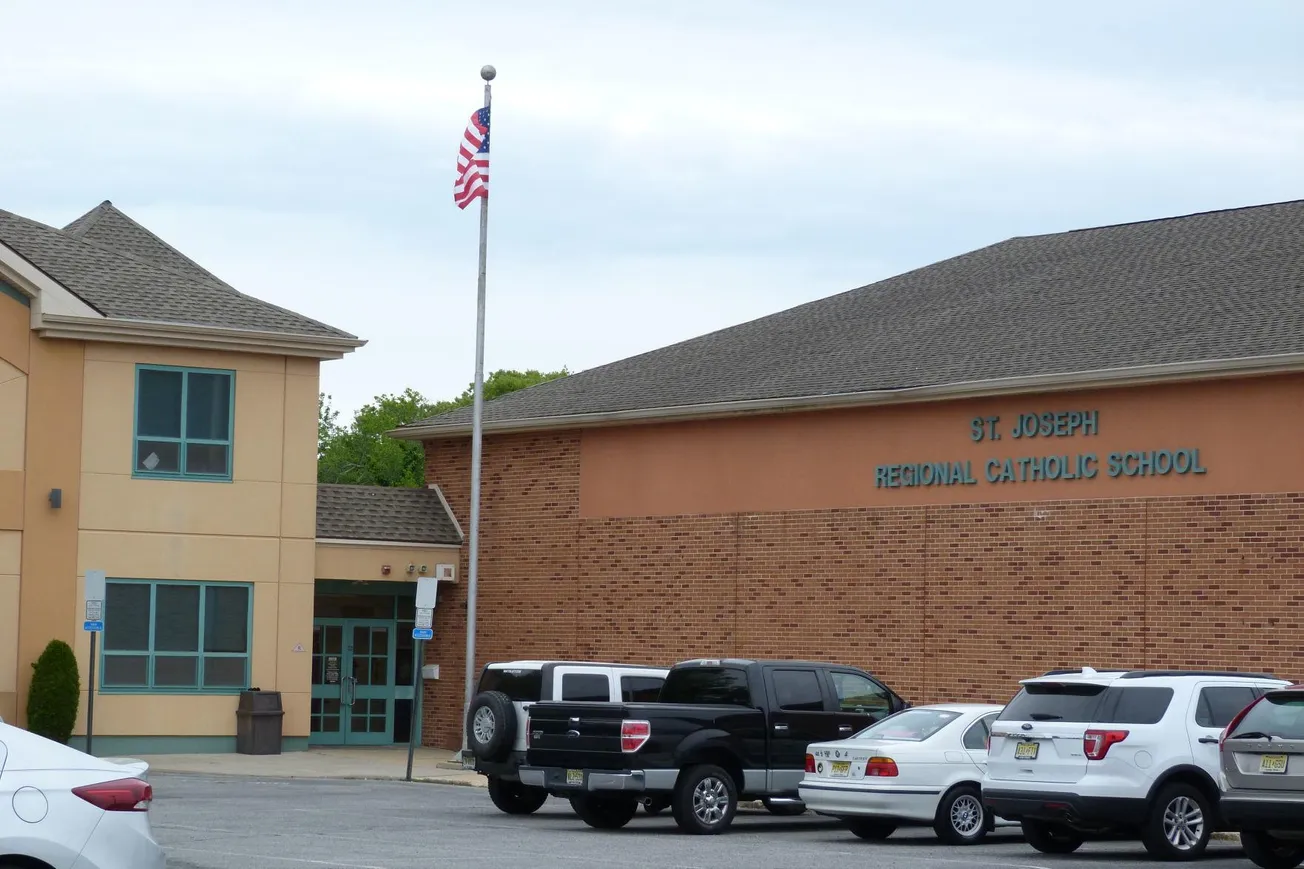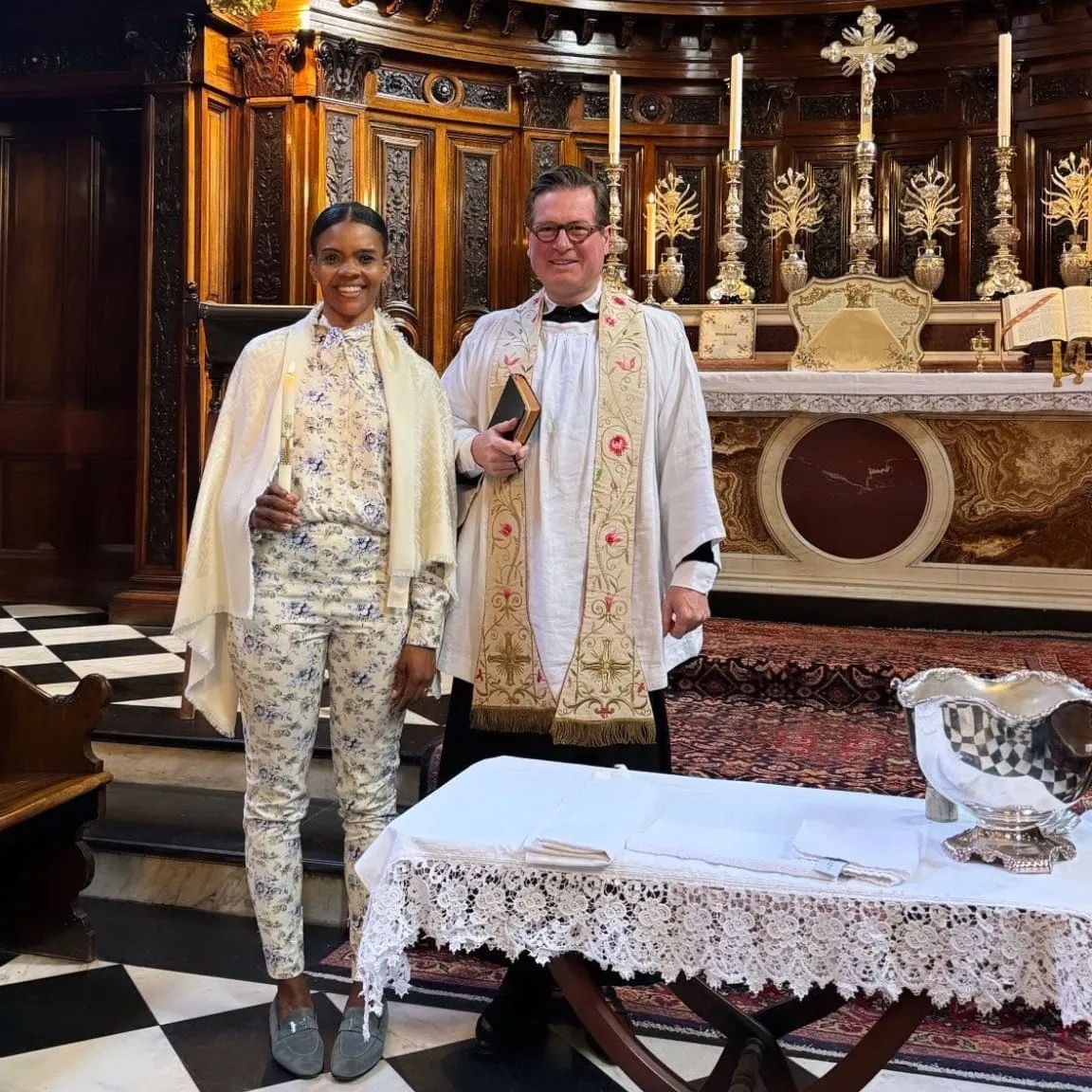On this day in 1952, Bishop Fernand Joseph Cheri III, OFM was born in New Orleans, Louisiana.
On the day Cheri turned 21, Joseph Lawson Howze was named auxiliary bishop of the Diocese of Natchez-Jackson.
Four years later, for the first time in over 100 years, a Black Catholic served as bishop of a diocese in the United States, when Howze became bishop of the newly created Diocese of Biloxi In 1977.
(The first Black ordinary was James Healy, who passed for White.)
Cheri became auxiliary bishop of New Orleans in 2015, making it the Blackest bishopric in US history—having once seated the late auxiliary bishops Harold Perry, SVD (1966-1991) and Dominic Carmon, SVD (1993-2006), as well as the current bishop of Houma-Thibodaux Shelton Fabre (2007-2013).
Cheri is one of 5 active Black bishops today.
The story of vocations for Black Catholics in the United States is largely such as this, with glimmers of hope in days (long) gone by, a long drought thereafter due to racism, a resurgence in more recent history, and a current ongoing deficit.
As I pondered this fact alongside the most popular picture of Bishop Cheri himself, I was reminded of one thing the Black bishops share in addition to the cross they bear: the cross they wear.
In the 1970s, Fr Clarence Rivers and David Camele, both out of Cincinnati, worked together to design the “Freeing the Spirit” cross, one of which was presented to each of the 10 Black Catholic bishops at the time.
I first became aware of the crosses after Wilton Gregory was spotted sporting his at the consistory last November, where he became the first-ever African-American cardinal.
It was tough to see yesterday given photog spacing, but now it’s clear – for the Consistory, Card Wilton indeed wore the “Freeing the Spirit” cross designed by Fr Clarence Rivers, the father of the Black Catholic liturgical movement: https://t.co/bRAN7dcUgi (📸 @brojohnrusso) pic.twitter.com/S4BO7fw974
— Rocco Palmo (@roccopalmo) November 29, 2020
Rivers, a masterful liturgist, recording artist, author, and playwright (and the first Black priest in Cincy), was one of the first Black Catholics to experiment with gospel music in the Mass, producing “An American Mass Program” in 1963—the first official English Mass after Vatican II. (Camele designed the cover.)
For this and other accomplishments, Rivers is considered by many to be the father of the “Black Catholic Movement”, which would eventually bring about the Gospel Mass tradition within Black Catholic parishes nationwide.
His passion for Black culture spilled over into the Afrocentric design of the pectoral crosses, which remain in use for special occasions by those who possess them—including the 3 of the original 10 Black bishops still living (Gregory, and the retired bishops J. Terry Steib and John Ricard, SSJ).
#BlackCatholicHistoryMonth - Last Day
— Fr. Bruce Wilkinson (@PadreInAtlanta) November 30, 2020
The original 10 - The US Catholic Black Bishops -
Wrote the 1984 “What We Have Seen and Heard” * A
Pastoral Letter To/For the Black Catholic Communities in US. Only 3 of these pictured bishops still are living today. pic.twitter.com/KfVVWuifz7
Rivers passed in 2004. Cheri, consecrated to the episcopacy 11 years later, received his cross from Perry, who had served in his bishopric for roughly the entirety of the Movement (which began in earnest in 1968 and lasted until the 90s).
Today, we celebrate Cheri’s birth and Howze’s bishopric, but also the bold innovation of Black Catholic priests of history.
Nate Tinner-Williams is co-founder and editor of Black Catholic Messenger, in priesthood formation with the Josephites, and a ThM student with the Institute for Black Catholic Studies at Xavier University of Louisiana (XULA).


